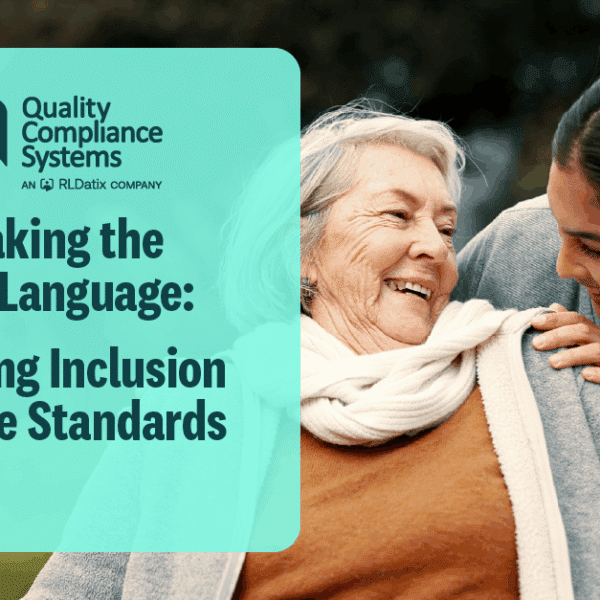The FWA will unify existing enforcement functions, including areas such as holiday pay and statutory sick pay (SSP). For employers, this means both clearer guidance and greater regulatory risk.
What is the Fair Work Agency?
The FWA will act as a single enforcement body for key employment rights, replacing overlapping regulators and strengthening the ability to uphold workplace rights. Its core purpose is to improve efficiency, deter non-compliance, and simplify the landscape for employers and workers.
When will the FWA be established?
- The FWA is expected to go live in April 2026, subject to the Bill completing its
parliamentary journey - As yet, there is no indication about when its enforcement powers will come into force
- The FWA will gradually take on enforcement powers from bodies such as:
- HMRC’s Minimum Wage Enforcement Team
- The Employment Agency Standards Inspectorate
- The Gangmasters and Labour Abuse Authority (GLAA)
- There is flexibility to expand the FWA’s remit over time, so other employment rights may later fall under its powers in the future
What employment rights will the FWA enforce?
The FWA is expected to cover:
- National Minimum Wage (NMW) enforcement, including underpayments, record-keeping and arrears
- Holiday pay and leave
- SSP compliance and enforcement
- Employment agency/employment business regulations (the enforcement of rules on agencies and how they supply workers)
- Modern slavery and labour exploitation
- Enforcement of unpaid tribunal awards or sums agreed under settlements (e.g. COT3 agreements) that remain outstanding
What enforcement powers will the FWA have?
Once operational, the FWA is proposed to have several enforcement tools available to them:
- Inspection powers: Authority to demand records, enter premises, interview staff
- A civil penalty regime: Similar to the NMW regime, enforcement officers will be able to issue Notices of Underpayment that require the employer to pay workers sums due to them and pay a penalty to government
- Tribunal action: Bringing claims on behalf of workers, and to offer legal advice and assistance where someone is, or may be, party to civil legal cases relating to employment or trade union law
- Criminal offences: An enforcement regime will require employers to correct their behaviour by way of voluntary Labour Market Enforcement Undertakings and compulsory Labour MarketEnforcement Orders (LMEOs). Breach of an LMEO will be an offence that can result in fines or imprisonment
- Cost repayment orders: The FWA may impose charges to recover enforcement costs from employers against whom enforcement action has been taken
How can employers prepare?
The FWA won’t create new rights, but it will enforce existing ones far more rigorously. Therefore, employers should use the lead-time to strengthen compliance by:
- Audit pay and entitlements: Reviewing holiday pay, sick pay, minimum wage compliance, and agency worker arrangements
- Identify compliance gaps: Identifying and remedy underpayments before 2026 to reduce enforcement risk
- Improve record-keeping: Ensuring payroll, leave and working-time records are accurate, retrievable and retained for at least six years
- Take advice: If any compliance gaps or underpayments are identified, take legal advice on how to mitigate risk
Once established, the FWA will mark a key shift in how employment rights are both monitored and enforced by one single body, aiming to simplify compliance and introduce tougher enforcement.
With the FWA expected to be officially formed in April 2026, employers should look to audit their practices, address risks and prepare accordingly beforehand.
If you have queries or questions in relation to pay, working time and entitlement compliance, please do not hesitate to contact a member of the AfterAthena team (part of the Napthens Group) who are able to offer 30 minutes of free advice to QCS members.
If you have any questions in relation to environmental proposals to help support employees take steps in relation to climate change, please do not hesitate to contact a member of the AfterAthena team (part of the Napthens Group) who are able to offer 30 minutes of free advice to QCS members.
Contact AfterAthena
Filter Posts:

The Government plans to launch a new Fair Work Agency (FWA) under the Employment Rights Bill (the Bill)

Supporting a Person living with Dementia Who Reverts to a Former Language

Updated Employer’s Guidance published on Statutory Neonatal Care Leave and Pay










